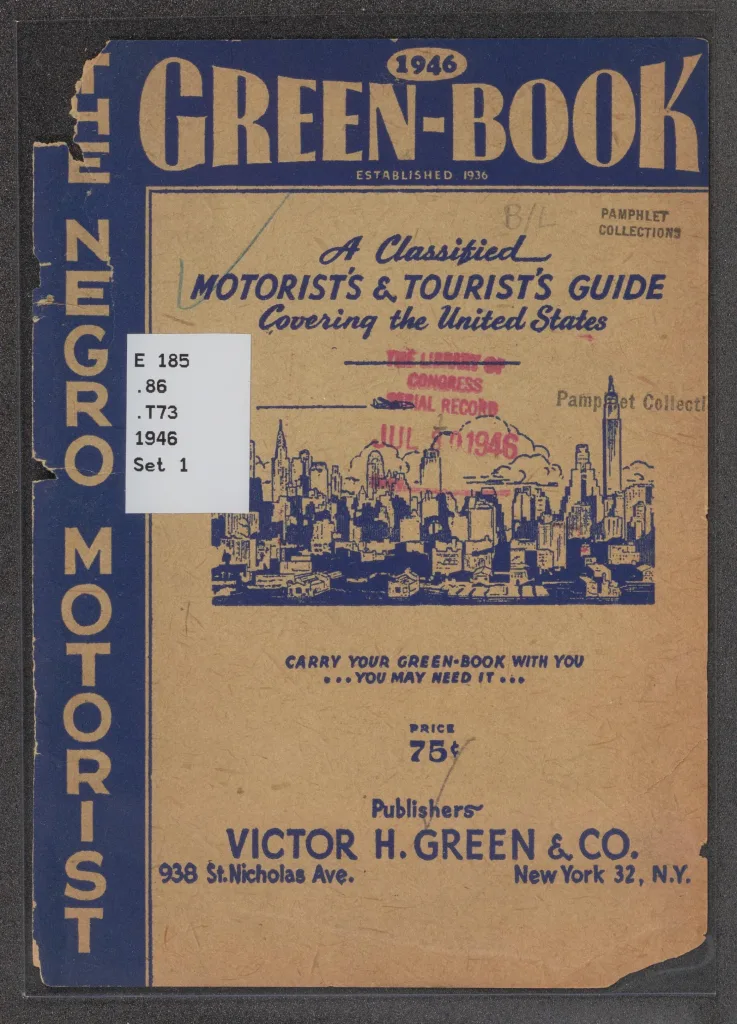sally-anne torres staff
During segregation, Blacks came up with ways to tell each other where to go so they could be safe and enjoy activities. The “Chitlin’ Code” represents how they knew what venues to visit or where to perform.
The world of Black music existed separately from the entertainment nearly everyone listened to at the time, says Preston Lauterbach, author of The Chitlin’ Circuit and the Road to Rock ‘N’ Roll. On the circuit, Blacks could safely attend various establishments, including theaters, juke joints, nightclubs and restaurants, spread throughout the southern U.S.
“Due to segregation in this country, African American people did not have access to mainstream America,” Lauterbach says.
But venues serving chitlins signified that it was a safe space for Black performers to sing or act for their audiences, says Jackie Avery, a musician from the circuit.
“Most of those places [venues] were considered people’s houses,” Avery says.
Chitlins, short for chitterlings or animal intestines, is a dish that dates back to slavery and plantation life, Lauterbach says.
“If there was a slave owner who had the hog butchered, the master is going to keep the pork chops, ham, bacon and all of the more desirable cuts. And the slaves will be left with pigs feet, snout, ears and the entrails.”
Preston Lauterbach
Venues also could not always pay in cash and would pay with food instead, according to Lloyd “Teddy” Johnson, owner of Teddy’s Juke Joint.
“You always feed the band because most of the time, they’re homeless,” he says.
According to Lauterbach, this “code” might be viewed more as a variation of the Green Book rather than an actual code. The Green Book was a published book that served as a guide for Blacks, indicating places that welcomed them. The book featured places like the Dew Drop Inn, the Chicago, and the Apex Club.
Lauterbach also says that the Chitlin’ Circuit was a safe space for Black musicians because it coincided with their history and culture with slavery and plantations.
“African American people came to understand how the circuit worked,” Lauterbach says.
Segregation laws made it illegal for Blacks and whites to patronize the same places during the Jim Crow era. So Blacks took the initiative to create safe spaces of their own. Spaces like the Chitlin’ Circuit where they could cultivate and appreciate music and theater despite the restrictions.

